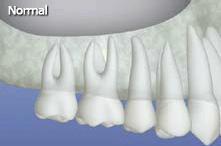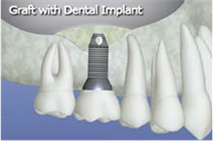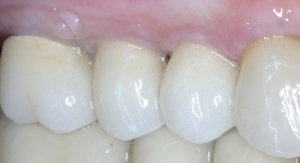What If The Sinus Is An Issue?


The maxillary sinuses are behind your cheeks and on top of the upper teeth. These sinuses are empty, air-filled spaces. Some of the roots of the natural upper teeth extend up into the maxillary sinuses. When these upper teeth are removed, there is often just a thin wall of bone separating the maxillary sinus and the mouth. Dental implants need bone to hold them in place. When the sinus wall is very thin, it is impossible to place dental implants in this bone.
There is a solution to this called a “sinus graft”. The periodontist implant surgeon places a bone graft to partially fill the sinus space. Enough bone is placed to then add to the height of bone present and then there is a firm foundation for implants.
After several months, the bone becomes dense enough to place implants securely, as the bone becomes part of the patient’s jaw.
This sinus graft procedure makes it possible for many patients to have dental implants replacing lost natural teeth, whereas in the past there was no other option other than having dentures for life.

IMPLANTS SUPPORTING CROWNS BELOW A GRAFTED SINUS
